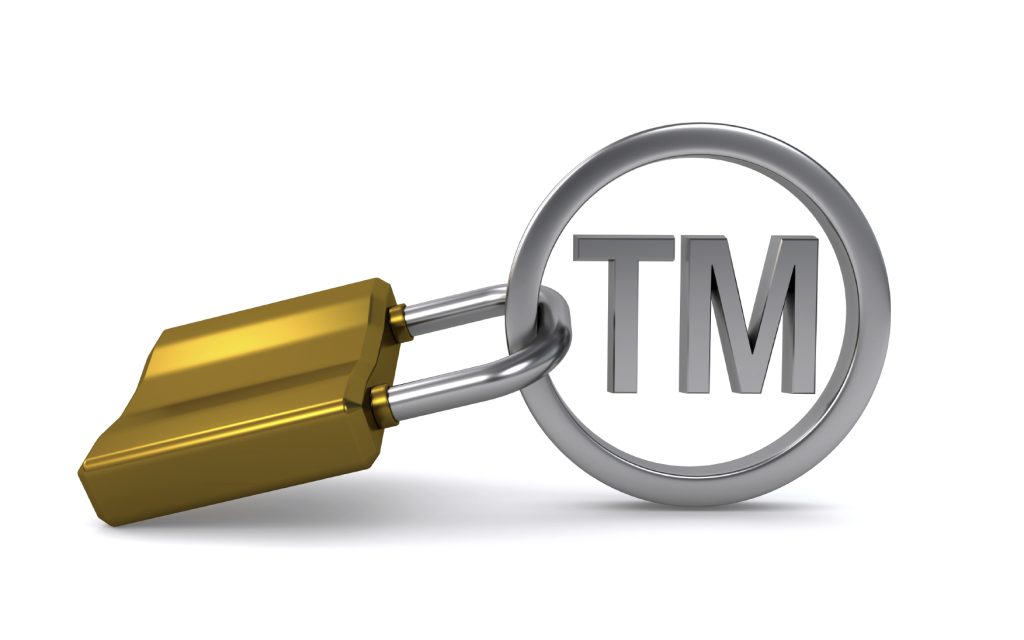
The African Intellectual Property Organization (OAPI) is an intergovernmental institution which handles trademark registration in 17 member states: Benin, Burkina Faso, Cameroon, the Central African Republic, Chad, the Comoro Islands, Congo, Côte d’Ivoire, Equatorial Guinea, Gabon, Guinea, Guinea-Bissau, Mali, Mauritania, Niger, Senegal and Togo.
The African Intellectual Property Organization (OAPI) was created in March 1977 by the Bangui Agreement with the main goal of simplifying and encouraging the protection of Intellectual Property rights, promote the development industrial property rights within member states.
The 1977 Bangui Agreement was amended in February 1999 and subsequently at Bamako in December 2015. It is worth mentioning that the new Bamako Agreement governing trademark registration before OAPI
became applicable as from January 1st, 2022.
One of the peculiarities of OAPI is the existence of one office common to all member states and a single legislation applicable to trademark registration for the entire 17 member states. It operates a regional system of filing whereby a single application automatically covers the 17 member states.
An application for trademark registration before OAPI can be filed at its head office or through its National Liaison Structure (NLS) created in each member state for the reception of applications. Applicants cannot designate specific member states upon filing.
PROCEDURE
OAPI accepts trademark applications for products & services. A trademark application must contain the following:
- An application form (M301)
- Reproduction of the mark; (black and white or Colour)
- a list of goods and/or services in accordance with the Nice Classification (11th edition);
- payment of application fees;
- regulation governing the use in case of a collective mark or certified mark, if applicable;
- a certified copy of the priority document, if applicable;
- a signature of power of attorney in case the applicant is represented.
OAPI is a multi-class jurisdiction thus applications will include one class of products or services with an extra fee being charged per class as from the second class. It is possible to file an application for products and services together. For instance, if an applicant intends to file a mark in classes 14, 23 and 38, he will file a single application and pay extra fee for classes 23 and 38. An official filing receipt and application filing number is issued roughly one to three months later (after provisional filing issued upon deposit of application).
Upon receipt of the application, OAPI will examine and proceed to publish the trademark application in the Trademark Journal. In the event where the application contains any irregularities, the applicant will be informed to regularized within a stipulated deadline.
When the trademark application is published, any aggrieved person who considered themselves affected with the registration of the trademark has a period of three months to file an opposition.
Opposition proceedings are launched before the opposition commission at OAPI by filing a notice of opposition detailing grounds upon which the application for trademark registration should not proceed. OAPI will then notify the applicant of the opposition, to which it has three months, renewable once upon request, to reply.
Having filed all your pleadings, parties will be informed of the hearing date where they would be allowed to make oral observations through their representatives. The opposition commission will then deliver a decision on the merits of the opposition.
The decision of the opposition commission can be challenged by an appeal before High Commission of Appeals within sixty days from notification of the decision to the parties. If the High Commission of Appeal considers the opposition to be valid, the trademark application will be cancelled.
If no opposition is filed, the application will mature and OAPI will proceed and issue registration certificate, publish the trademark registration in the Trademark Journal and record its registration into the special registry of marks. This becomes definite and the trademark is fully protected in all the 17 member states.
The trademark is valid for 10 years from the filing date (not the registration date) and can be renewed indefinitely every after 10years subject to the payment of a renewal fee.
Nevertheless, it is worth noting that a trademark can still be challenged for obvious reasons after being registered.
Disclaimer:
The above writeup is meant only for general information purposes and does not constitute any legal advice. For any inquiries on the above, please contact us at GET IN TOUCH WITH US or visit ABOUT US
